Transforming Naperville Golf Courses with Artificial Turf
The sport of golf has long been known as a sport that demands precision and skill, played on expertly manicured greens. However, the traditional methods of maintaining golf courses come with their fair share of challenges, such as excessive water usage, extensive and labor-intensive maintenance requirements, and sensitivity to weather conditions. In recent years, there has been a groundbreaking shift in the industry with the introduction of artificial turf, and Southwest Greens of Illinois has emerged as a forefront leader in this realm. In this post, we will dive into the science behind artificial turf, exploring how it revolutionizes golf courses and why Southwest Greens is at the forefront of this innovative approach.
THE HISTORY OF ARTIFICIAL GRASS
Artificial turf technology has come a long way since its inception in the 1960s. Early versions were not well-received for their unconvincing looks and poor performance characteristics. However, advancements in technology and materials have transformed artificial turf into a state-of-the-art, beautiful alternative to natural grass. Southwest Greens has been working hard to develop cutting-edge products that closely mimic the aeshtetic, feel, and playability of traditional grass.
WHAT MAKES TODAY’S SYNTHETIC TURF BETTER?
One of the most well-known aspects of Southwest Greens' artificial turf that stands out from the competition is its composition. It consists of a multi-layered system manufactured to mimic the properties of natural turf. The top layer, also called the infill, is a mixture of fine materials such as sand, depending on the application. This layer provides stability, padding, and grip, enabling golfers to achieve consistent bounce, aim, and roll (B.A.R.).
Beneath the infill lies a backing material that improves durability and ensures proper drainage. Southwest Greens' proprietary backing technology is crafted to withstand heavy foot traffic and resist wear and tear, making it perfect for Naperville golf courses that experience frequent use.
THE SCIENCE OF ARTIFICIAL TURF
The science that goes into Southwest Greens' artificial turf goes beyond its composition. An important aspect of its design is the integration of innovative fibers that emulate the properties of real grass blades. These fibers are meticulously engineered to provide an authentic appearance and optimal playing conditions. They are usually made from polyethylene, which offer excellent durability and resilience. Southwest Greens leverages extensive research and development to be sure that its artificial turf products deliver dependable performance, even under rigorous usage.
WHY ARTIFICIAL TURF INSTEAD OF NATURAL GRASS?
One of the primary benefits of artificial turf over natural grass is its minimal maintenance requirements. Maintaining a conventional golf course can be a time-consuming and costly endeavor. Natural grass demands consistent irrigation, regular mowing, fertilizing, and pest control.
On the other hand, our artificial turf does away with the need for these tasks. It’s built to survive varying weather conditions, including severe heat and heavy rainfall, without losing its structural integrity or playability. This resilience makes it a cost-effective and sustainable alternative for Naperville golf courses, as it requires minimal water usage and cuts down on the need for harmful chemicals.
Southwest Greens' artificial turf gives a level of consistency that’s hard to get with natural grass. Golfers tend to struggle with irregular playing surfaces, erratic ball rolls, and divots caused by players walking on the course. With artificial turf, these issues are mitigated, providing golfers with a dependable and predictable playing experience. The advanced infill systems used by Southwest Greens ensure that the ball rolls smoothly and consistently, allowing players to focus on their technique and strategy.
WHAT ABOUT THE ENVIRONMENTAL EFFECTS OF ARTIFICIAL GRASS?
In addition to its performance features, artificial turf can also contribute to environmental sustainability. Water scarcity is a pressing problem in numerous regions, and golf courses are regularly criticized for their high water consumption. By migrating to artificial turf, Naperville golf course operators can considerably reduce their water usage, alleviating the strain on local water supplies.
The absence of synthetic fertilizers and pesticides necessary for organic grass maintenance helps minimize water pollution and soil contamination. Our company's commitment to sustainability can be seen in its dedication to creating eco-conscious turf products that align with these principles.
THE DREAM TEAM OF SOUTHWEST GREENS
Our company’s expertise goes beyond the science of artificial turf. Our team of experts, including installers, designers, and engineers, deeply understand course layout and construction. They collaborate closely with golf course owners and operators to construct unique solutions meeting their specific needs and requirements. Whether it's creating an intricate synthetic putting green or constructing an entire golf course, Southwest Greens combines scientific knowledge with practical expertise to deliver excellent final products.
